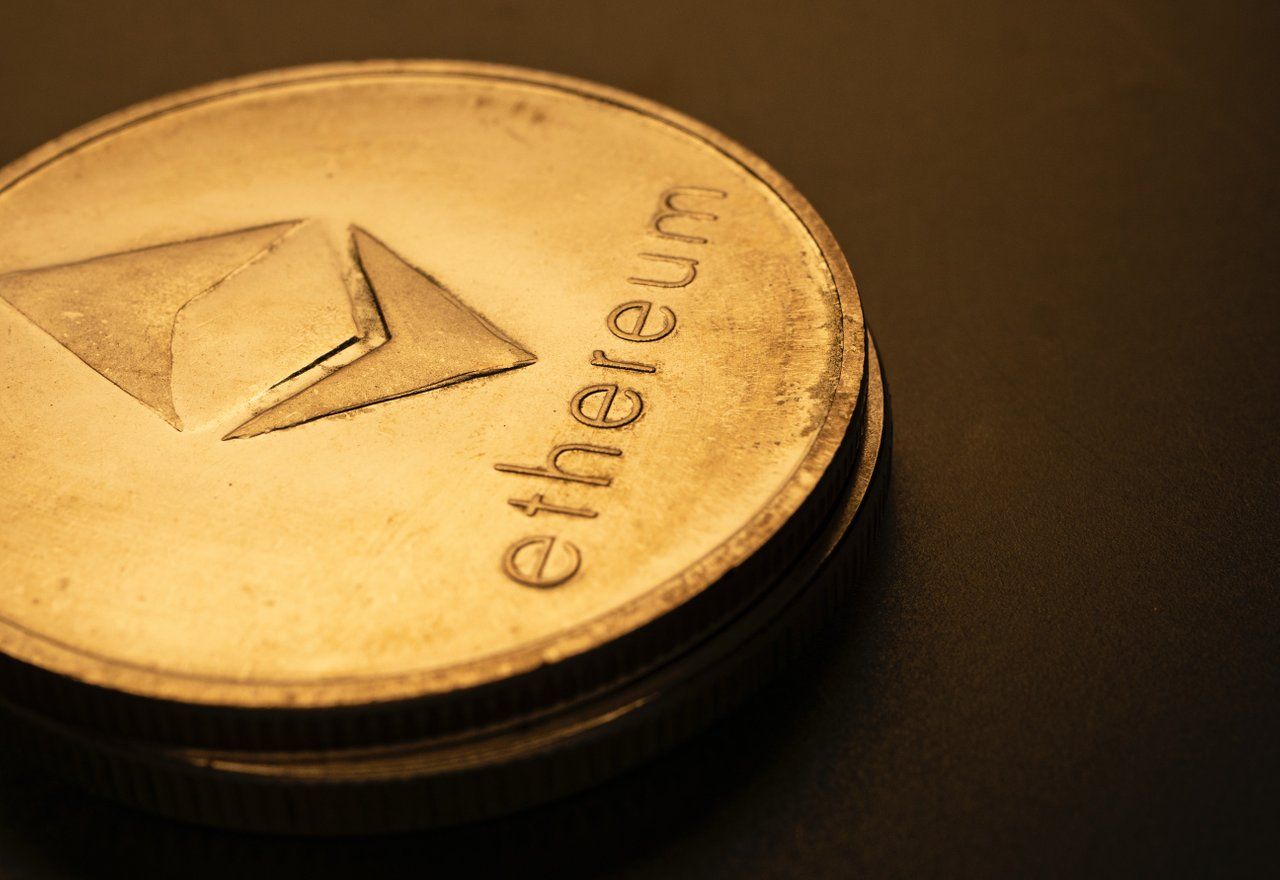
普普通通的人
Weekend chat: virtual currency, two or three things in the blockchain world: 2022 (24)
Ethereum 2.0 mainnet integration date

September 19. The latest confirmed date of the integration of Ethereum 2.0 into the main network [1]. Maybe everyone finally has hope, and the price of ether has also increased by 30+% in two weeks.
There is a joke on the Internet:
How can the nodes on a highly decentralized network system update their own systems at the same time? That is to add a function that everyone is positive and corresponding, and then let everyone wait for seven years...
Everyone can share the pain of waiting for a long time and the expectation of lower costs.
For individual users on Ethereum, they can greatly reduce their unnecessary expenditures on the blockchain, so as to make more profits, and even small households like me can finally move their own funds.
For the system, there is no need to search the world for the next miner who can produce blocks.
For miners, there is no need to buy computer accessories that can perform a lot of calculations, so as to prove that their equipment can calculate super-complex encrypted/decrypted data; only a simple computer is needed to generate blocks. Of course, the problem for the future is if you have the support of a lot of people to pledge your own ether to yourself, it remains to be studied.
For ordinary people who play games, they no longer have to curse the miners of virtual currency mining for stealing their graphics cards.
And for the entire world, the entire planet, saving electricity and reducing carbon dioxide production is undoubtedly a positive change.
According to Ethereum's own report, switching from Proof of Work to Proof of Stake will reduce energy consumption by approximately 99.95%; thereby reducing carbon emissions [2].
Although Bitcoin is the world's largest virtual currency; the electricity consumption of Bitcoin is only 0.15% of the total global electricity consumption and 0.09% of carbon emissions [3]. Ethereum 1.0 is also only about half the electricity consumption of Bitcoin. Therefore, the remaining electricity is considered to be wind hair water chestnut among all electronic products in the world; but it can save a little bit. A little help is a help. It can also contribute to a green home and future generations.
Proof of Time

Ethereum 2.0 was mentioned as a transition from PoW to PoS in the subsection above introducing Ethereum 2.0 integration. In fact, in the world of blockchain, there are still many different kinds of algorithms for selecting the next block-producing node.
The two well-known sister chains STEEM and HIVE in the social content creation blockchain use a method developed by Daniel Larimer from the PoS calculation method called Delegated Proof of Stake. of Stake) [4].
PoS requires witnesses to have enough staked tokens, while DPoS requires enough delegation. In DPoS, ordinary users do not need to pledge their virtual currency to a certain witness, they only need to vote for it [5].
However, these two calculation methods are inseparable from the management method of the big fist and the talk. If I have more money, or support my friends with more money, I can be a top-ranked witness.
Under the concept of DPoS, a calculation method called Proof of Time has evolved.
Different from PoS, nodes do not need to pledge a large number of tokens in order to obtain their own block generation opportunities; each node only needs to pledge the number of tokens of Guting. Everyone is equal in the payment of funds [6].
Unlike DPoS, each node, aka witness, does not need to look for a large number of votes. In fact, for the form of voting, there is a big drawback that the people who vote may not know all the contributions of the people they voted for. And these votes may determine that many witnesses who have made great contributions but are not good at words and have no "popularity" will not have the opportunity to produce blocks.
The ranking score algorithm selected by Proof of Time is based on the accuracy of each node's verification event data and the activity level in history. Combining the number of pledges and the ranking algorithm, every validator can get a fairer chance.
Old coins give birth to new coins

For those who are in the blockchain world, whether they are high-tech, show their artistic cells, or high-finance, they all have the same purpose, that is, they can use virtual currency to obtain a certain income.
No matter what everyone's idea is, most people will use virtual currency to make an equivalent comparison with some kind of legal currency. This is why foreign exchange, or longing and shorting in the stock market can also occur in the virtual currency market.
1 Bitcoin is 1 Bitcoin, and there is no change in value. But for US dollars, sometimes 1 bitcoin may be worth 60,000 US dollars, but sometimes it is 20,000 US dollars. The difference in the middle can give people who use the dollar an exploitable way to make money.
For example, I think Bitcoin will fall in the near future, so I loan 1 Bitcoin when it is worth $30,000 and trade it into a stablecoin. Bitcoin fell to 20,000 two days later. I am using 20,000 stablecoins to buy back 1 bitcoin to repay the loan; I earn 10,000 stablecoins for the whole process. This process is called shorting, or shorting.
Of course, these operations are risky. At the beginning of the epidemic, the wealth management company wanted to short Gamestop, but a group of people who had just received the government's epidemic subsidy cheque drove up Ganestop's stock and almost lost money.
In reality, no one knows what will happen in the future; and not everyone can afford to buy a lot of bitcoins all at once. Therefore, financial operations such as long and short are not within the reach of ordinary users.
So what other ways can we make money in the bear market with confidence?
Well I can give an example. The current price of peanut coins is less than 0.2 cents; while the price of STEEM is around $24 cents. As mentioned above, STEEM or HIVE is a place where writers use their creative abilities to make money on the blockchain. Everyone earns money from other people's likes.
One of the functions of Peanut Coin is to allow STEEM writers to exchange likes on the blockchain. 6000 Peanuts can be exchanged for $20 worth of likes. 6000 Peanuts is worth $9; that's a 222% gain. This is much easier than shorting a loan or making it long for a long time; of course, the prerequisite is to have peanut coins.
The only risk here is the devaluation of STEEM tokens, and the appreciation of peanut coins. For users who own peanut coins, the appreciation is also a good thing. It would be nice not to use it to trade STEEM. Why not do it?
Cited Articles
- https://cointelegraph.com/news/ethereum-dev-confirms-perpetual-date-for-pos-merge
- https://ethereum.org/en/energy-consumption/
- https://cointelegraph.com/news/bitcoin-network-difficulty-drops-to-27-693t-as-hash-rate-eyes-recovery
- https://en.everybodywiki.com/Daniel_Larimer
- https://www.etoro.com/news-and-analysis/market-insights/dpos-vs-pos-winner-takes-all/
- https://cryptonews.com/news/what-proof-of-time-how-does-it-work.htm
Like my work?
Don't forget to support or like, so I know you are with me..
Comment…